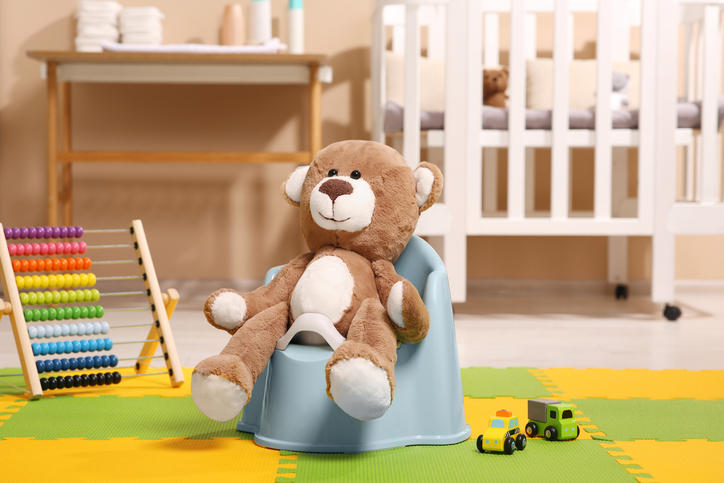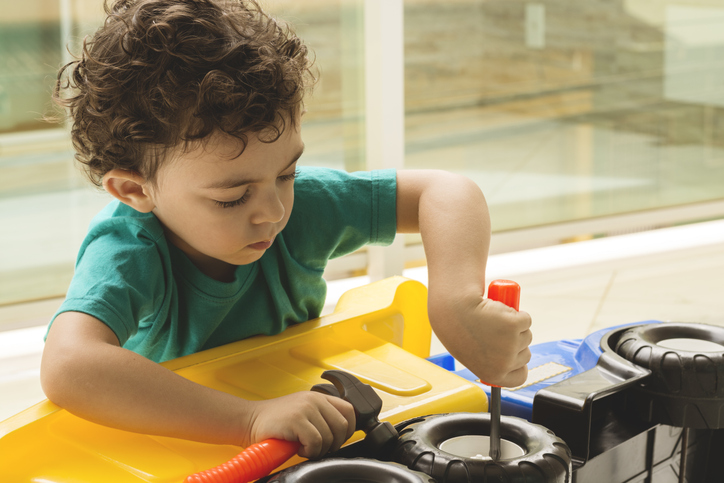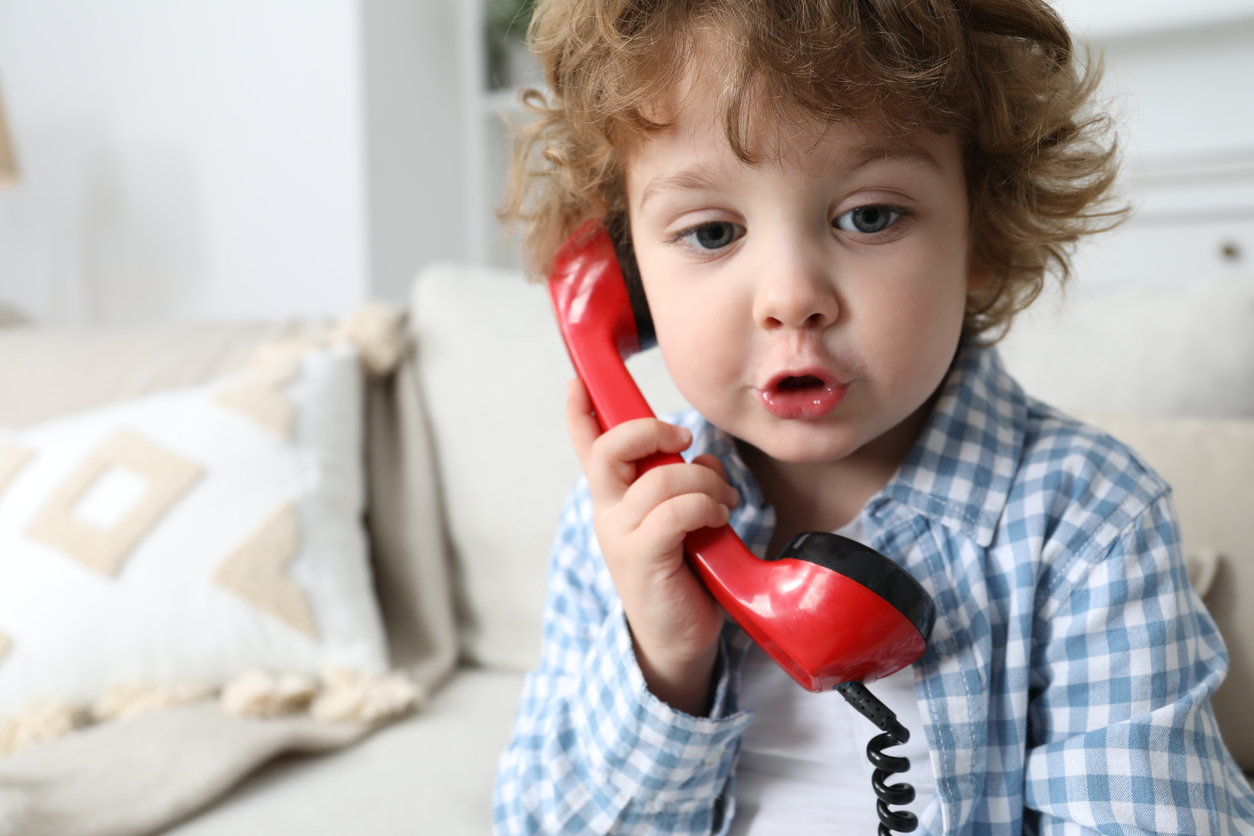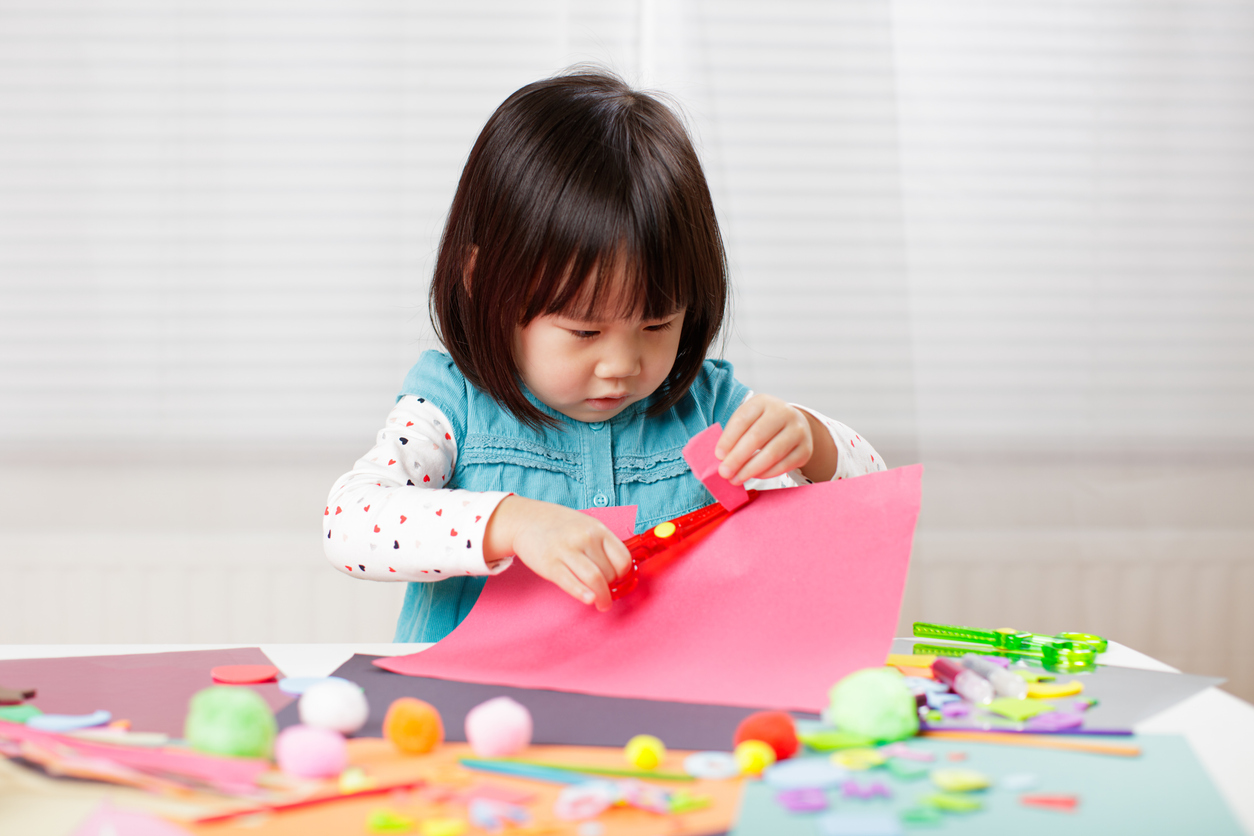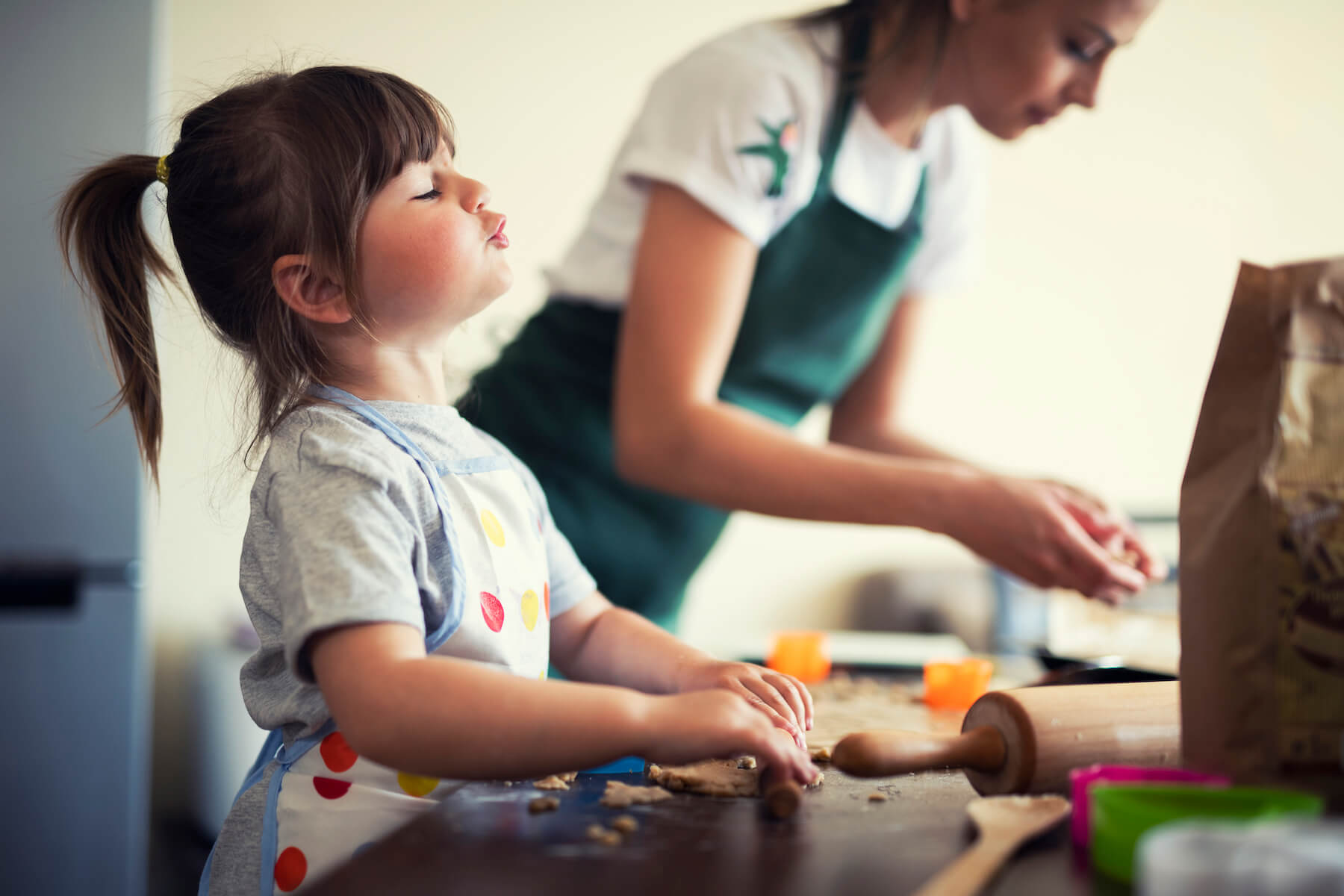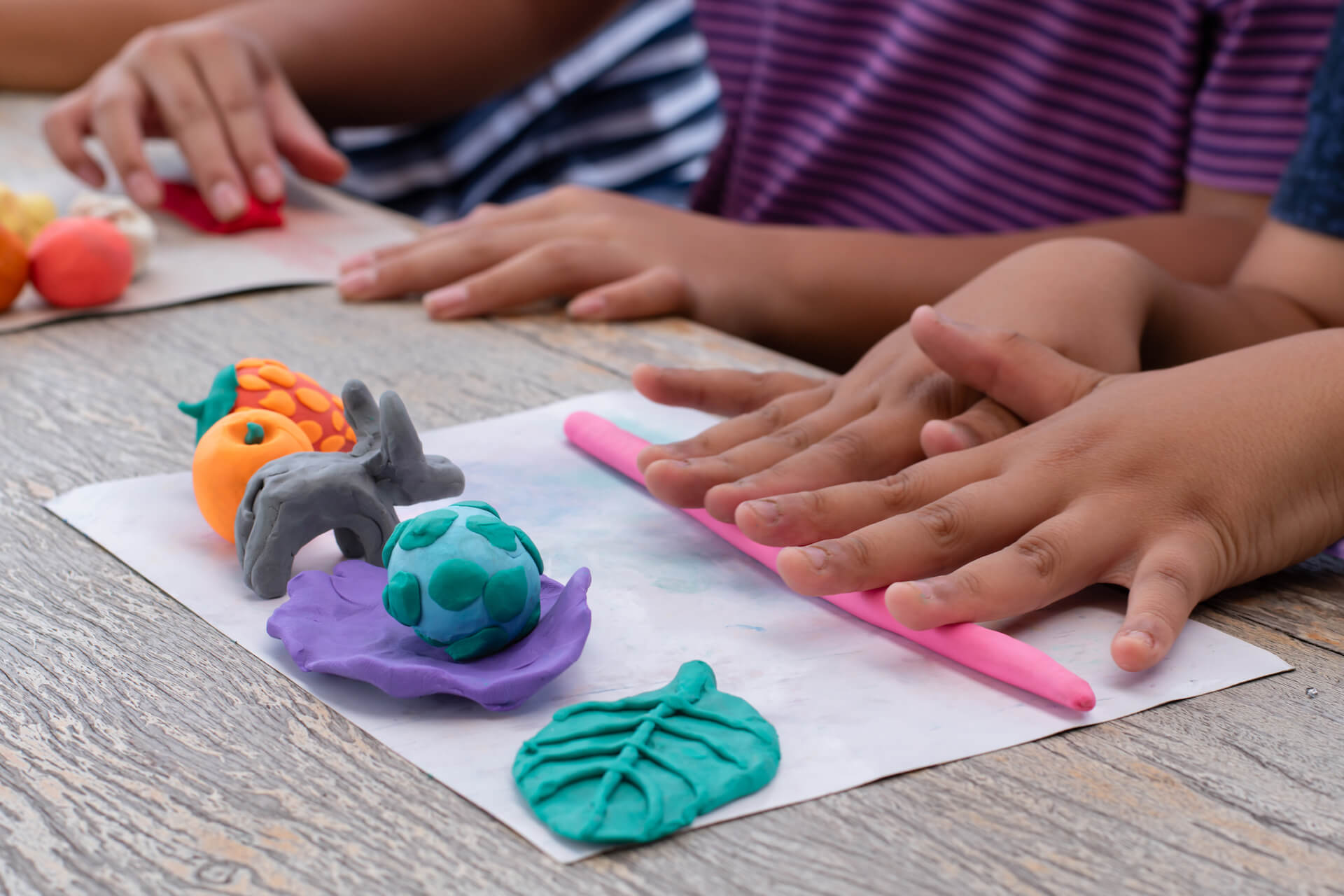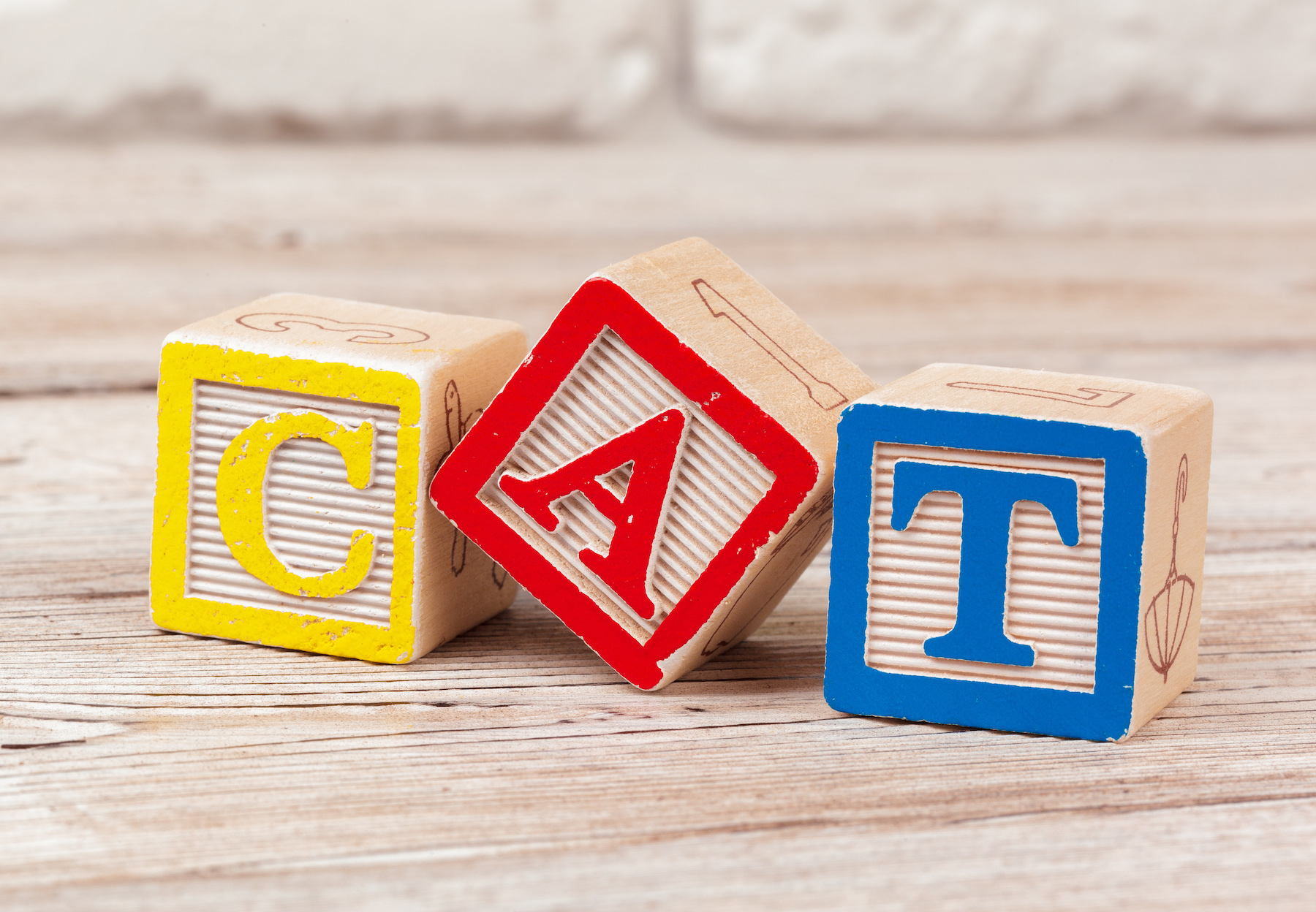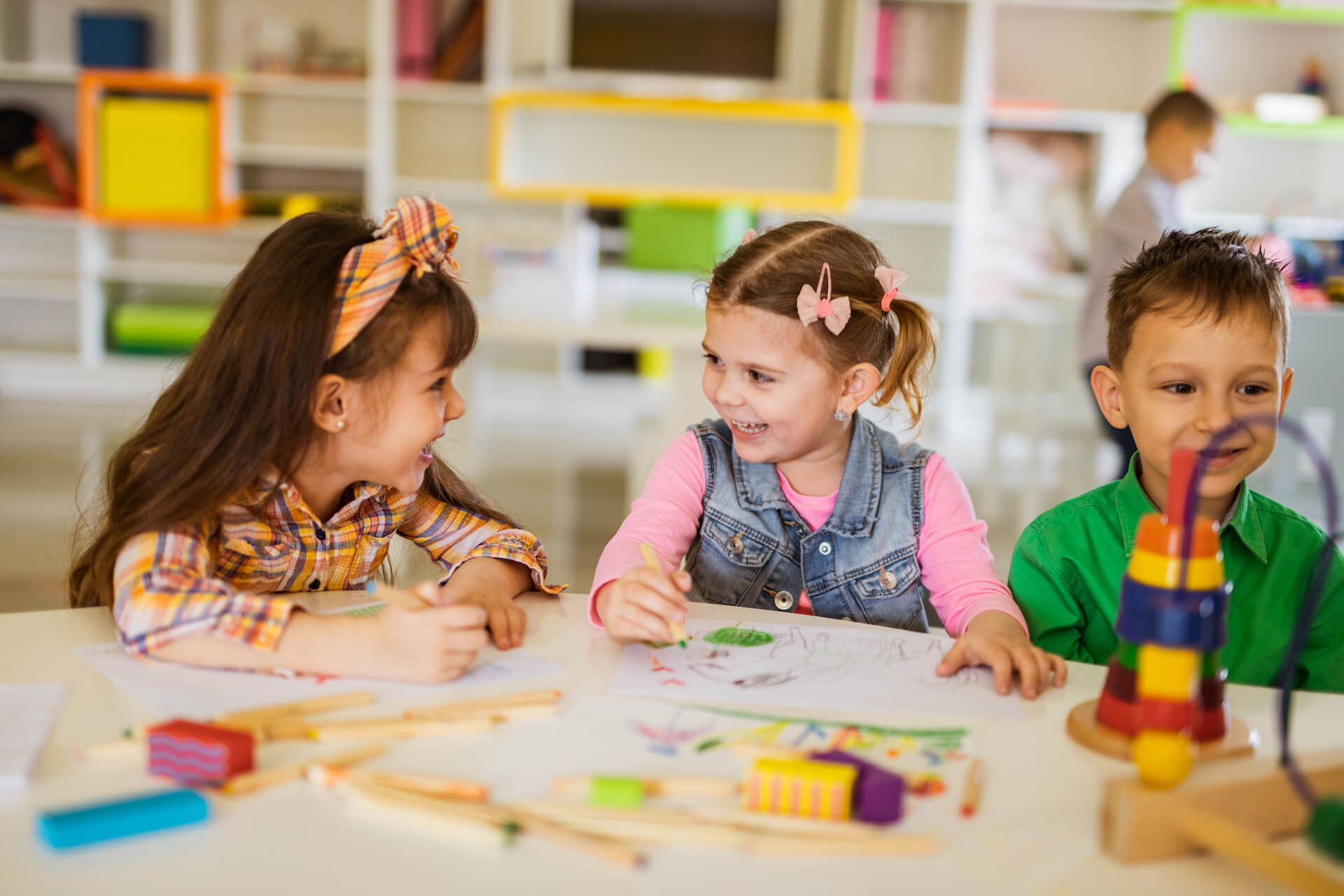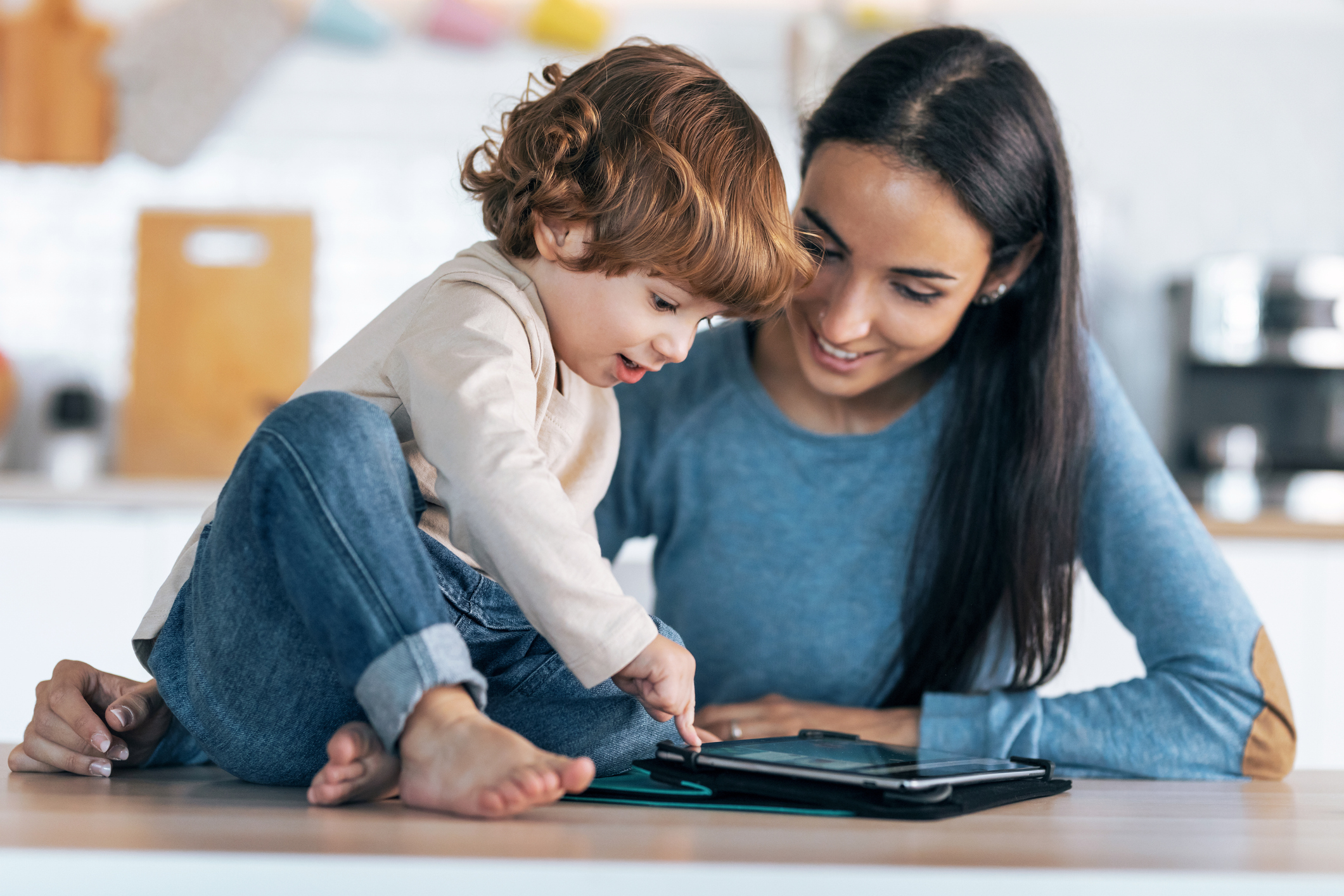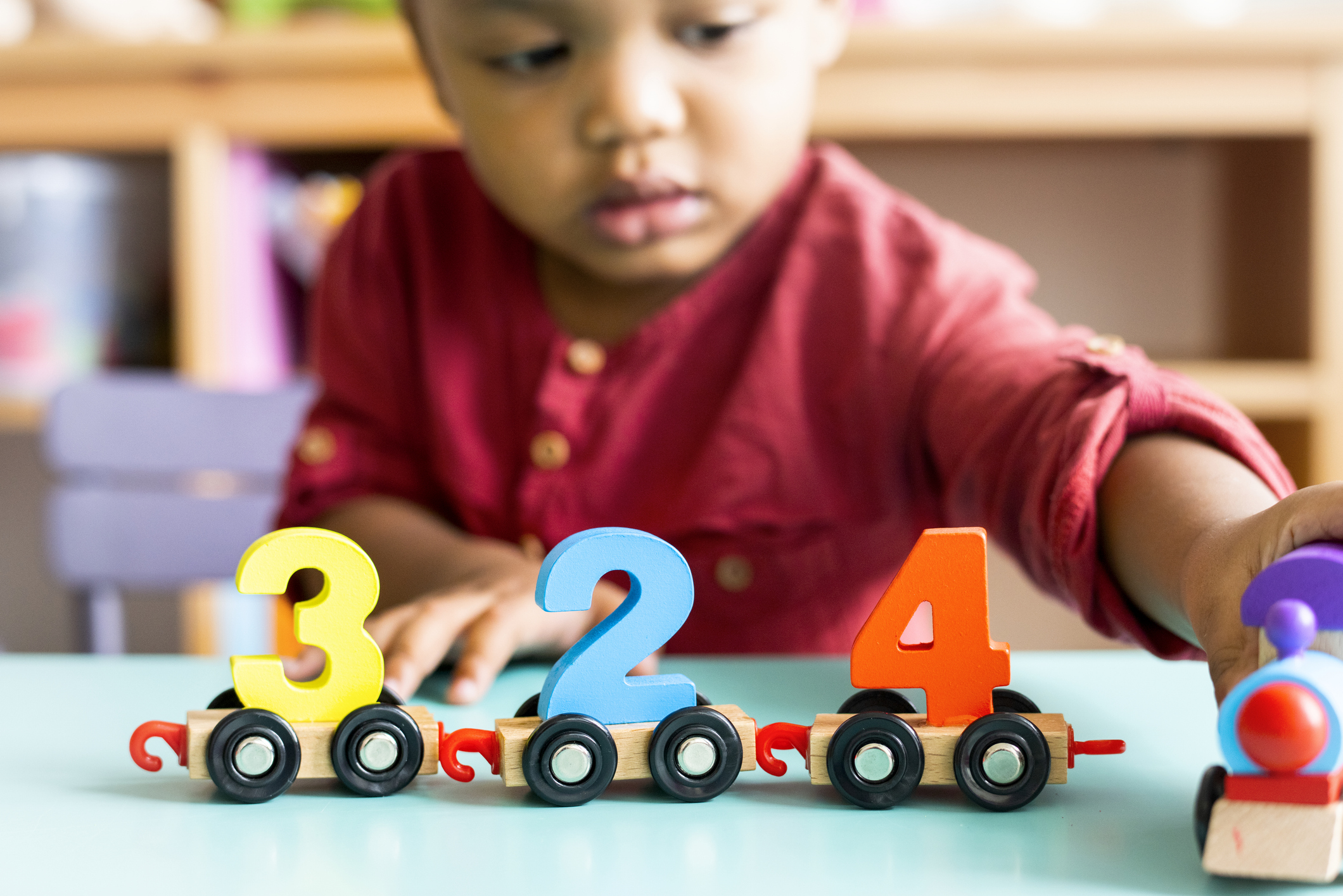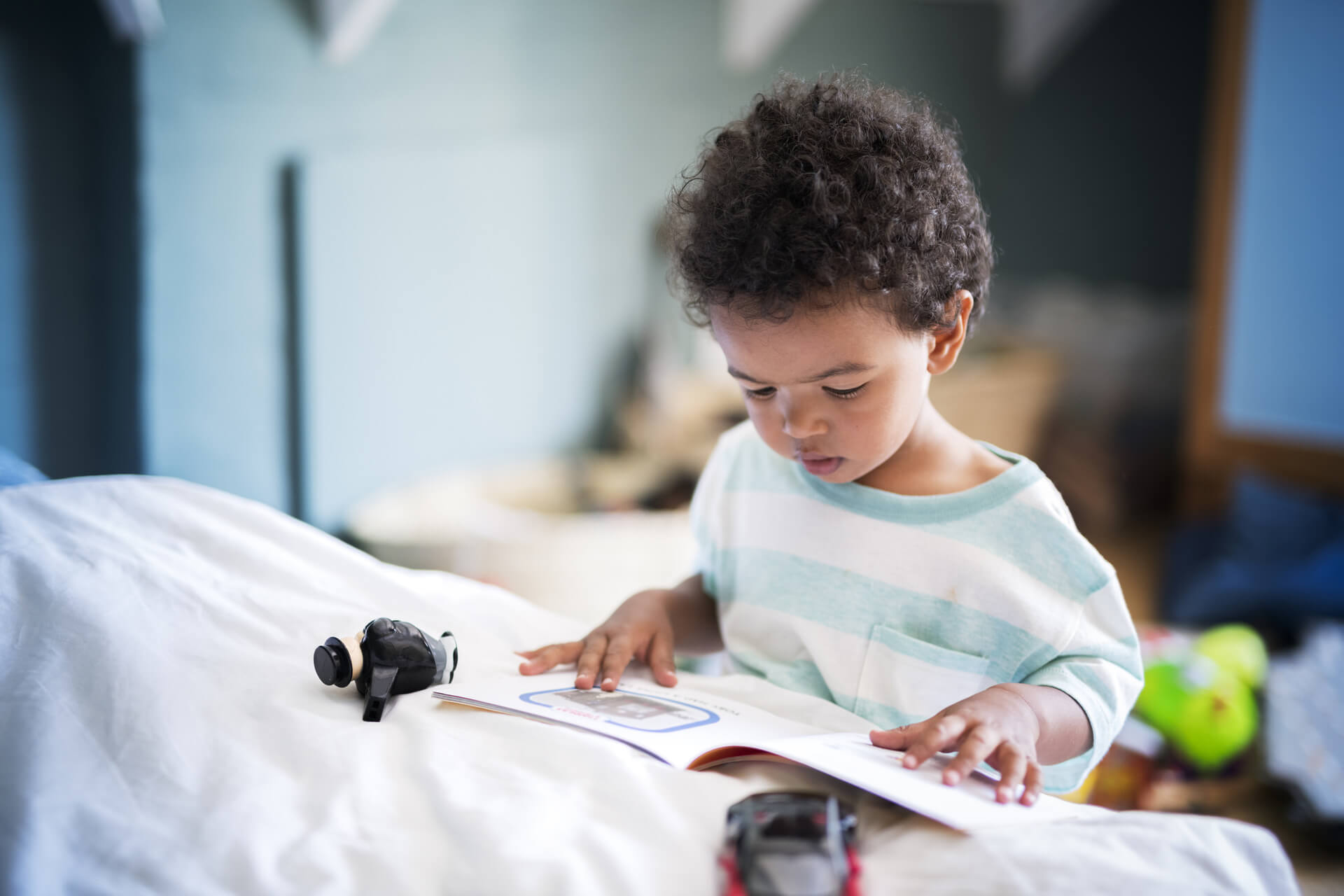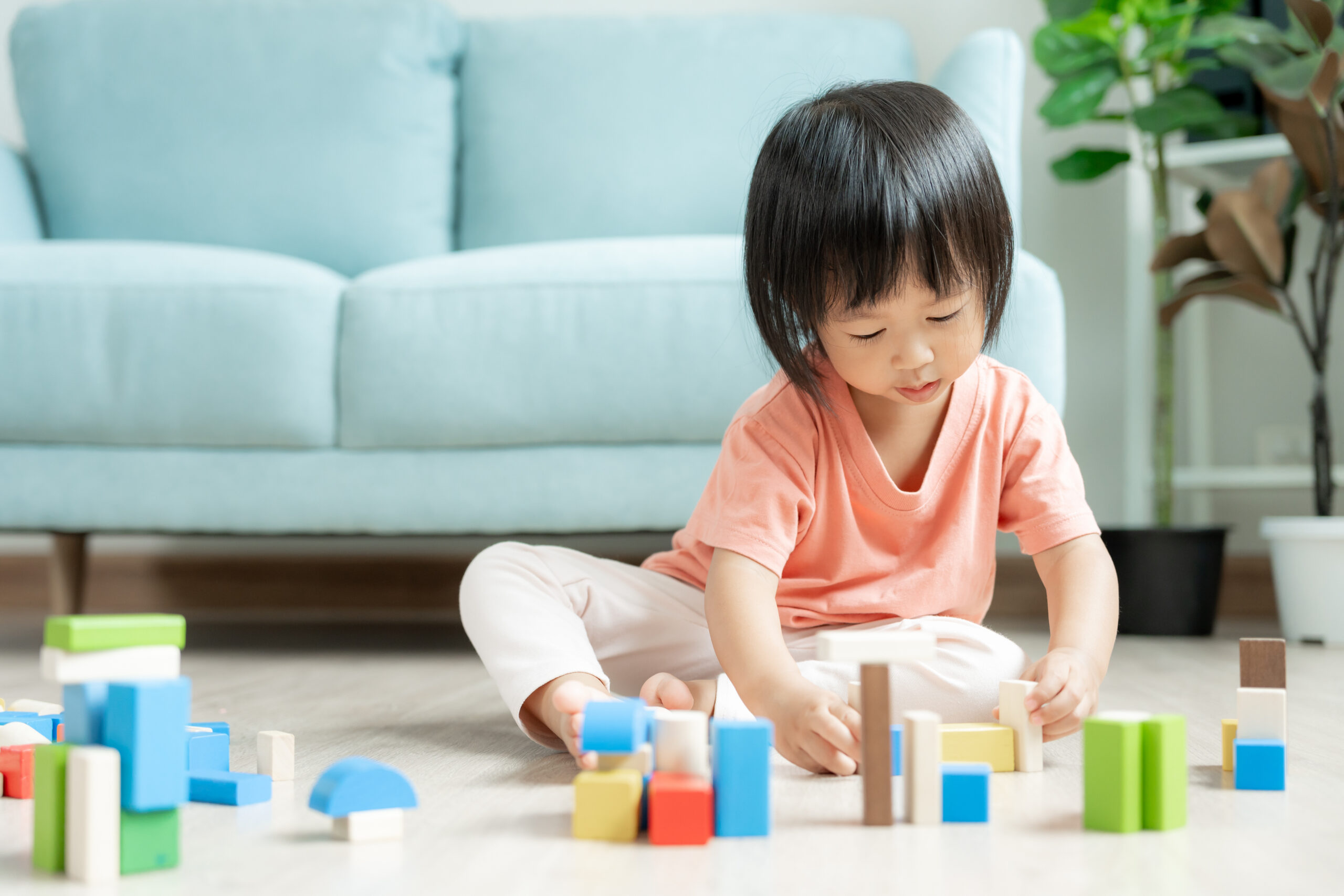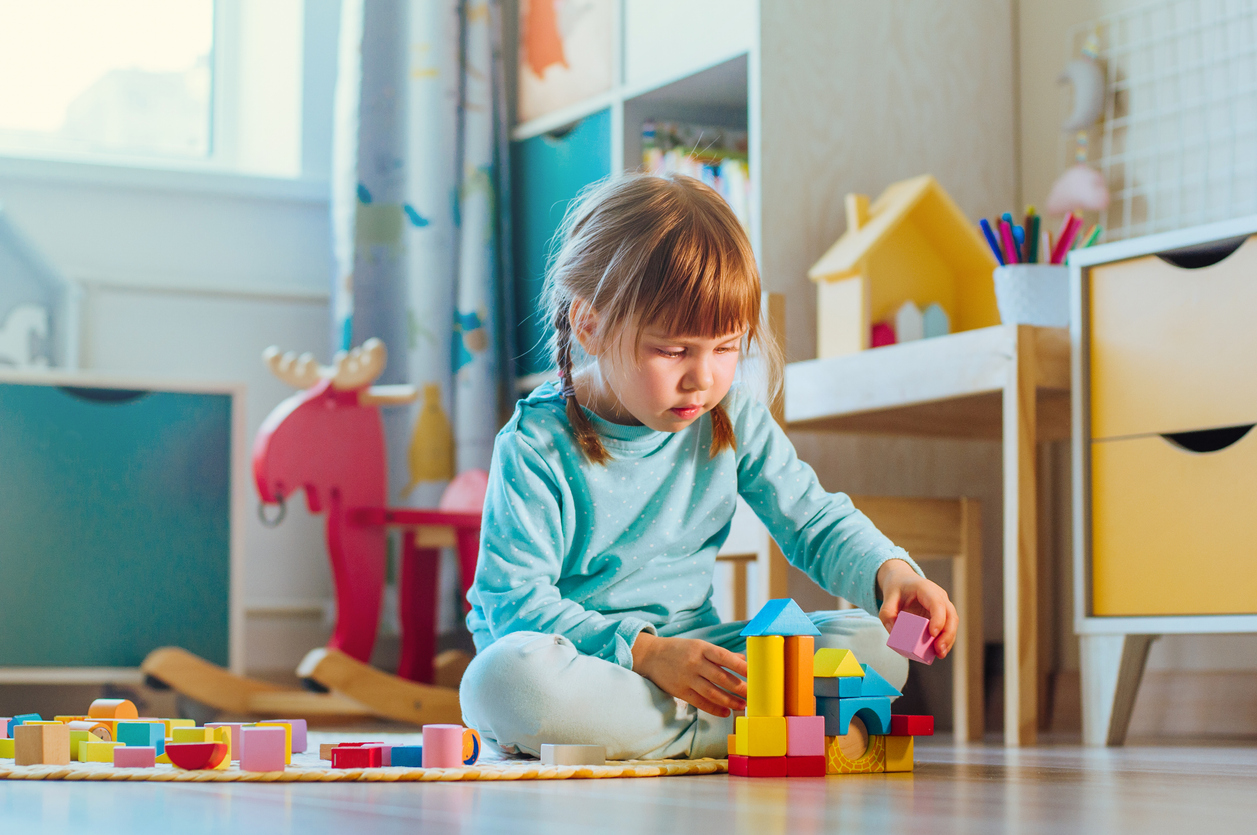Teaching Phonics at Home: A Parent’s Guide to Building Strong Readers
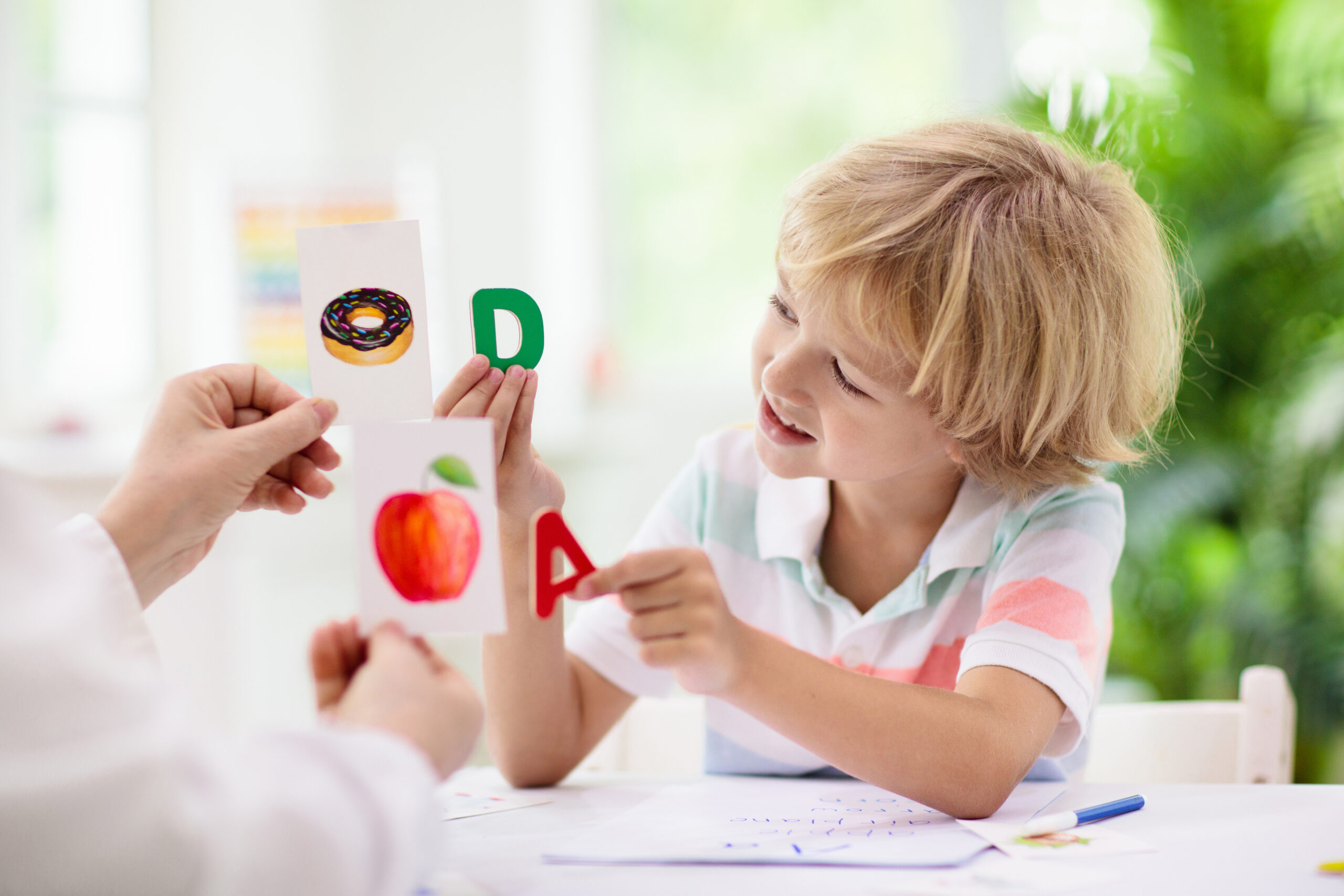
As a parent, watching your child discover the magic of reading is one of life’s most rewarding experiences. That moment when they sound out their first word or suddenly understand that those squiggles on paper have meaning, it’s pure joy. The foundation for this incredible milestone? Phonics.
If you’ve ever wondered how to support your child’s reading journey from home, you’re in the right place. With a few simple strategies, you can give your child the tools they need to become a confident reader.
What Is Phonics?
Letters, sounds, phonemes, phonics… it can all sound a little confusing at first. These are actually the building blocks of reading and writing, and understanding them will help your child build the skills to figure out words on their own. Let’s break it down step by step.
To understand phonics, let’s start with phonemes. Think of them as the smallest building blocks of words. For example, the “a” in car is a very different sound from the “a” in day, even though it’s the same letter. The difference is in how we say the sound.
Phonemes aren’t just single letters. Sometimes two letters team up to make one sound, like “th” in this, “sh” in ship, or “au” in haul. These two-letter sounds are called digraphs, and they make things even more interesting. English has 26 letters, but they combine to make about 44 different distinct sounds, or phonemes. That’s because sometimes a single letter makes more than one sound (like the “c” in cat vs. circle), and sometimes two letters can make a new sound together (like “sh” or “ch”), just like those digraphs we mentioned.
The path from sounds to letters is a little more complicated than it seems. Kids need to learn that letters and sounds don’t always match perfectly, and noticing these patterns is what helps them read and spell. This is where phonological awareness comes in: it’s our ability to hear and play with the sounds in words. When children notice rhymes in songs, clap out the syllables in their name, or pick out the first sound in a word, they’re practicing the very skill that helps them link letters to sounds.
And that brings us back to phonics. Phonics is the system that connects letters to their sounds, helping children understand that the letter “h” makes a /h/ sound, and when you put “h” with “a” and “t,” you get hat.
Phonics teaches children three essential skills:
- Recognizing individual letter sounds (like knowing “m” says /m/)
- Understanding letter combinations, or “diagraphs” where two letters stand for a single sound (like “sh” or “ch”)
- Blending sounds together to form words (turning /c/ /a/ /t/ into “cat”)
Why Phonics Matter?
It creates independent readers. Phonics instruction is crucial for developing strong readers. Rather than relying on adults to tell them every word, children with strong phonics skills can figure things out themselves. This independence is essential for lifelong learning.
It supports writing skills too. Understanding letter-sound relationships doesn’t just help with reading. It’s also the foundation for spelling and writing. When children know that /k/ can be spelled with “c” or “k,” they’re building essential writing skills.
It builds confidence. When children can sound out words on their own, they feel empowered and excited to tackle new texts, whether it’s books, signs, or labels. This confidence creates a positive cycle: the more they read, the better they become.
The earlier, the better. Studies show that phonics instruction has the greatest impact when it happens early, particularly in kindergarten. The earlier you start, the stronger the foundation you’re building.
How Can You Practice Phonics at Home?
The beautiful thing about phonics instruction is that it can happen naturally throughout your day. Here are practical, fun ways to build these skills with your child:
1. Talk Throughout the Day
Talk to your child as much as possible! During car rides, point out what you see: “Look, a yellow school bus! B-b-bus… hear that /b/ sound?” At the grocery store, ask them to help: “We need milk. Mmm, milk. Can you find the milk?” This constant conversation builds vocabulary and helps children make connections between sounds, words, and the world around them.
2. Notice Words on Signs and Packages
Words are all around us: on shop windows, restaurant menus, and street signs. Make it a game to notice letters wherever you go. At the pharmacy, point to the door and say, “Look, the sign says O-P-E-N. That spells open!” This helps children connect the letters they see with the sounds they hear.
3. Read Together Every Day
Reading together is one of the best things you can do. Sit close so your child can see the words as you read. Point to the words as you go. Choose books with rhyming patterns. Dr. Seuss classics like “Green Eggs and Ham” or fun titles like “Chicka Chicka Boom Boom” are perfect for building phonics awareness.
4. Turn Letter Sounds into Characters and Stories
Turn letters into fun characters with personalities. “Billy Bee says /b/ /b/ /b/” or “Sammy Snake goes /s/ /s/ /s/.” Make up stories about what these characters do. Maybe Tommy Tiger loves to eat tacos, wears tie-dyed t-shirts, and always says “/t/ /t/ /t/”! You can even make simple puppets using socks or paper bags.
5. Start with Familiar Names
Begin sound learning with words that matter to your child: their name, family members’ names, or pets’ names. If your child is Emma, start with practicing the /e/ sound. Write their name and trace the letters together. This personal connection makes learning more meaningful and memorable.
6. Discover the Magic of Rhyming
Sing songs with rhymes like “Twinkle, Twinkle, Little Star”. During bath time, make up silly rhymes: “Wash your toes, wash your nose!” These playful games train your child’s ear to hear sound patterns. Take turns thinking of rhyming words. You say, “What rhymes with cat? I’ll go first: hat!” Then let your child have a turn. Keep going together with words like bat and mat.
7. Try Sound Detective Games
Give your child a magnifying glass, and a “mission” to find objects that start with specific sounds. “Can you find three things in the kitchen that start with /b/?” They might discover a bowl, banana, and butter. Once they’ve gathered their clues, they can “report back” like real detectives: let them draw the objects on paper or line them up on the table to show off their findings.
8. Build Word Ladders
Once your child knows letter sounds, try word ladders. Start with a simple word like “cat” and change one letter at a time by taking turns: cat → bat → bet → bed. This shows children how changing sounds changes words and builds their understanding of how words work.
9. Practice Blending Sounds
Start by slowly saying the sounds in simple words, then immediately say the whole word: “/d/ /o/ /g/—dog!” Encourage your child to join in. Eventually, you can say the sounds and let them figure out the word. Make it playful: “I’m thinking of something you sleep in: /b/ /e/ /d/—what is it?”
10. Keep it Fun
Phonics doesn’t have to feel like a lesson. It can be part of the laughter, games, and daily moments you already share. Every sound your child plays with brings them closer to becoming a confident reader. Start small, keep it fun, and celebrate their progress along the way.


